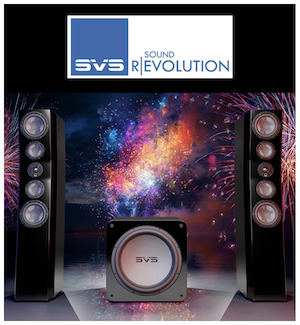Hi John,Weren't you just measuring a loopback on an interface? I think sm52 was measuring a loudspeaker.
Can you email me an example FLAC it doesn't like? feedback@roomeqwizard.com.
As above, use email.
I will await a response from Stephane as this is his IP.
I have been able to confirm, however, is that it is not unique to that file. As a test I manually converted another 20 second audio clip from 16 bit stereo 44.1KHz WAV format to FLAC, and the error message from REW is that it is only 10 second duration, and thus unusable.
Of course the workaround is the use original WAV, or a longer music sample.
It just so happens that the sample clip from Audiocheck.net is a good example a music clip with full frequency and good dynamic range, containing instruments and vocals, AND is available on the web- perhaps others may be able to use as well.
In the meantime, I’m going back up a bit, remove the audio interface, and test with a virtual cable how REW’s SBAF performs in comparison the exponential sine sweep,

















